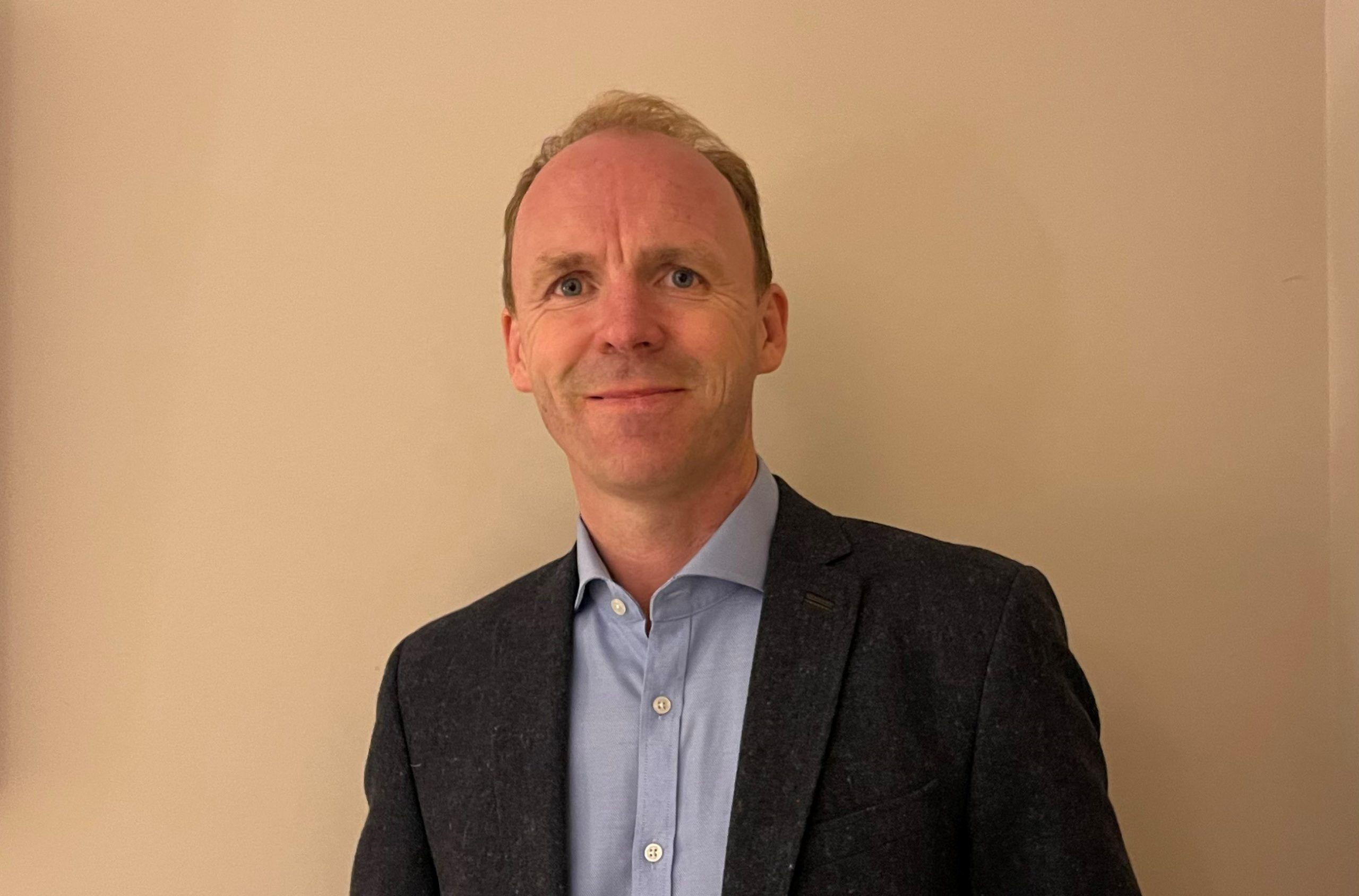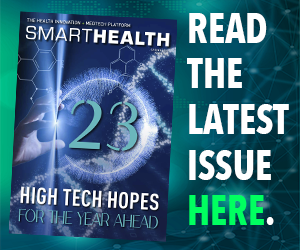Paul Turley is a passionate believer in the power of technology to transform organisations for the better by offering consumer grade employee experiences, world class customer service and enabling lower operational costs. With over 20 years in the software industry he has worked with many of the largest organisations in Ireland and internationally. “I love creating and working in high performing teams who drive each other to deliver outcomes for our customers and partners and developing long lasting relationships that are based on trust, mutual value and always striving to deliver what you say,” he says. Since September 2021, Turley has led the ServiceNow Enterprise business in Ireland.
How does health innovation surprise you?
Hands down, the speed at which innovation happened during and post Covid. The pandemic proved health organisations can move quickly when needed – and as a result, it’s introduced a wave of incredible new innovative solutions into the health sector. We have a massive people challenge in Ireland so I’m particularly enthusiastic about the focus on backoffice innovations and automation of workflow in that space to make the healthcare employee experience better.
I think getting the fundamentals right is important as it creates a springboard for further innovation and releases
money to fund this innovation through cost efficiencies. The NHS Blood and Transplant is just one example of this in action and sets the tone for future digital transformation. They brought all their services together onto the ServiceNow platform and built a more seamless, user focussed experience for their employees. Now, all 5,500 employees use the same portal and follow the same processes. Doing so eliminated bottlenecks and sped up patient care, enhancing the experience on both the back-end and customer-facing sides.
What tech has made the greatest impact?
It’s difficult to pinpoint a single piece of health tech as it’s such a rapidly developing space. Having said that, there’s no underestimating the impact of wearable technology, from smart watches to health trackers. These devices unlock a whole new world of data that can then be used to improve the patient experience, identify problems faster, and make administering often lifesaving treatments easier.
Who is impressing you right now?
Three fantastic organisations immediately come to mind – the Southern and Eastern Norway Regional Health Authority, NHS Scotland and NSW Australia. The Southern and Eastern Norway Regional Health Authority covers nearly three million people, so not too dissimilar to Ireland. To improve services and enhance their quality of care, they’re currently working towards setting up a number of
exciting new solutions. These new solutions, whether a new health systems process platform or a surgical cockpit platform, aim to improve productivity, reduce waste caused by cancelled operations, and improve overall patient and employee experiences.
And they’re making all that happen through platforms that use predictive intelligence, machine learning, and AI tools to help promote innovation and streamline processes in their everyday work. As for NHS Scotland and NSW Australia, they’re two of the many healthcare providers that showed incredible spirit and strength during the pandemic. NSW Australia, in particular, has also set up a regional Patient Reported Outcomes Measures Platform. Doing so allows them to capture responses from their patients and address critical issues without delay.
What transformations are yet to be explored?
I’m sure many will agree, but in healthcare, currency is time – not money. The more time you free up,
the more value you create. In that respect, we’re right at the tip of the iceberg with technologies and the benefits they will bring.
Consider the potential that automation, AI and machine learning will uncover.
Removing the repetitive and mundane tasks plaguing healthcare workers will give them more time to do their jobs well and help them focus on what matters most – their patients.
Fast forward five years >>>
Progress within the industry happens so fast, there’s no way of saying exactly where we could be in five years’
time. But, I’d say technology that improves the way we work together will make huge waves in the industry and revolutionise how patients are treated. Bringing together multiple, disconnected systems and creating a unified experience throughout every part of the healthcare system makes life so much easier for healthcare employees, which in turn breaks down silos and improves patient care.
It’s a win-win solution for everyone involved … and there’s no limit to how far we can push this. But there are challenges to overcome. Data is everywhere, whether that be data across different care providers or coming from wearable devices. But the problem currently is that all of this data doesn’t come together anywhere.
Patients will demand access to this data so that they and their healthcare providers can make better, more predictive and preventative decisions in the future. Ultimately, the patient owns their own data, so having it stored in silos across different practitioners will no longer be acceptable. We are seeing a rapid transformation across the healthcare sector, largely because everything is becoming more connected. Healthcare employees and patients will demand consumer-like experiences and frictionless care across departments as patient information becomes more easily accessible to those who need it at the right time.






